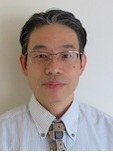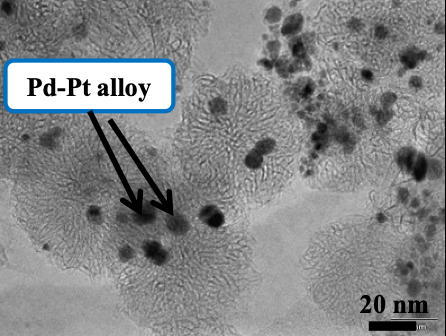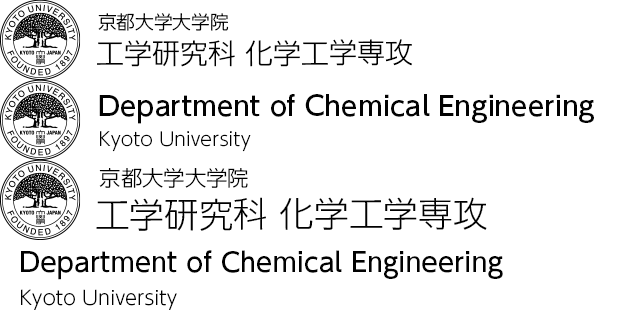Separation Engineering
Academic Staff
Noriaki SANO
 Professor (Graduate School of Engineering)
Professor (Graduate School of Engineering)
Research Topics
- Synthesis of carbon nanotubes and nanohorns
- Application of nanotubes and nanohorns to catalyst support for environmental cleaning and fuel cell
- Study on electric discharge in liquid for nanomaterial production and separation technology
Contacts
Room112, Bldg. A4, Katsura Campus
TEL: +81-75-383-2664
FAX: +81-75-383-2654
E-mail: sano![]() cheme.kyoto-u.ac.jp
cheme.kyoto-u.ac.jp
Tetsuo SUZUKI
 Assistant Professor (Graduate School of Engineering)
Assistant Professor (Graduate School of Engineering)
Research Topics
- Molecular Chemical Engineering
- Adsorption
- Drying
Contacts
Room110, Bldg. A4, Katsura Campus
TEL: +81-75-383-2674
FAX: +81-75-383-2654
E-mail: suzuki![]() cheme.kyoto-u.ac.jp
cheme.kyoto-u.ac.jp
Introduction to Research
In Koza 4, researchers devote their efforts to establish new separation technology based on variety of principles, such as adsorption, drying, electric field, bio-activity, etc. Here, we are exploring new application of nanomaterials like carbon nanotubes to separation engineering. In addition, we are researching the process technologies on freezing and drying for food and medicine. In the following, current research activities are listed and explained briefly:
1. Development of novel metal-carbon hybrid materials as adsorption media for hydrogen storage
We synthesize metal-dispersed carbon nanohorns by use of “gas-injected arc-in-water” method, and investigate their property to adsorb hydrogen. In such materials, hydrogen spillover effect may occur, and thus hydrogen can be stored effectively. By this research, we aim to develop low-cost and high-performance hydrogen storage media.

Fig. 1. TEM image of carbon nanohorns dispersed with Pd-Pt alloy nanopartices synthesized using arc discharge.
2. Separation of micro-size particles by dielectrophoresis
Dielectrophoretic force generated by polarization of particles in non-uniform electric field is applied to separate small particles, aiming the separation of rare metals and the purification of nano materials.
3. Control of food structure based on dryning
Foods have a very wide range of structures ranging from molecular size to nano-micron size. The various functionalities of food are strongly related to these structures. Through the development of a process that can control the transport of water in food, we are researching to give food new functions.

Fig. 2. X-ray CT image of dried apple (upper). TEM image of sub micron-sized food capsules containing nutrient components (lower).
4. Molecular studies on adsorption phenomena and hydration states
With the goal of obtaining useful microscopic knowledge in separation engineering, food engineering, etc., thermodynamic and kinetic studies are conducted regarding the hydration state of adsorption phenomena and saccharide polymers etc., using the methods of computer science such as molecular dynamics method and molecular orbital method.

Fig. 3. Schematic of model structure of agaro-oligosaccharides.
5. Development of rapid evaluation method for drying and aggregation of fine particles using high sensitivity photo luminescence analysis
We try to develop a new method to evaluate the extent of drying and aggregation of fine particles by analyzing photo luminescence emitted from particles under irradiation of ultraviolet. The high sensitivity detection may lead to non-contact and rapid method for this purpose.
